In the early 1900s South America opened its doors to 560 Afrikaners, who were relieved to escape British rule after the Anglo-Boer War. The community still lives in Patagonia to this day, eating melktert, speaking Afrikaans and singing Sarie Marais.
Spanish and yerba maté tea may have taken over from Afrikaans and Afrikaner traditions over the last century, but South African roots remain firmly embedded in the soil and the older generation still sees themselves essentially as South Africans.
I first heard the story of this group of people a few years ago from ‘Fanie’ (Esteban Alberto) Smit, well-known from the ‘Op My Stoep’ restaurant and lodge in Oranjemund and a direct descendant of the original Argentinian Afrikaners. While he showed me around the outskirts of Oranjemund, he related the intriguing story of the Boere (Farmers) who left South Africa between 1902 and 1908.
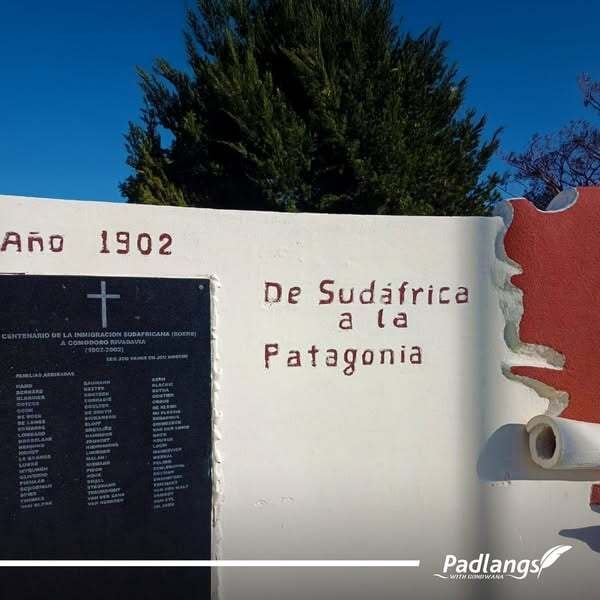
Fanie’s grandparents, Anna Watson and Felix Smit, were in the first wave of emigrants that went to Argentina in 1903. They met there and married. When in 1938 the South African government reached out to the Argentinian community, inviting them to return and offering them assistance with their businesses and acquiring farms, many returned. Among them was the Smit family with their three children, two sons (one of them Esteban, Fanie’s father) and daughter. Felix was a tailor and they helped him to start his business. When the second World War broke out, however, and young males were called to go and fight in North Africa, his grandmother, a strong matriarch, decided that after going through two wars already, they were definitely not going to be part of another. She returned to Argentina and took the whole family with her.
Esteban had met Fanie’s mother, Minnie van Zyl, in Cape Town and they had only been married for a week when the family departed for Argentina. Fanie and his siblings were born over there. Thirty years later, after Fanie’s father had passed on, Minnie’s mother wanted her to visit her in Noordoewer, South Africa, before she died. In 1970 Minnie returned with Fanie for a holiday, and they decided to stay. They later sold the farm in Argentina. Only his sister remained there.
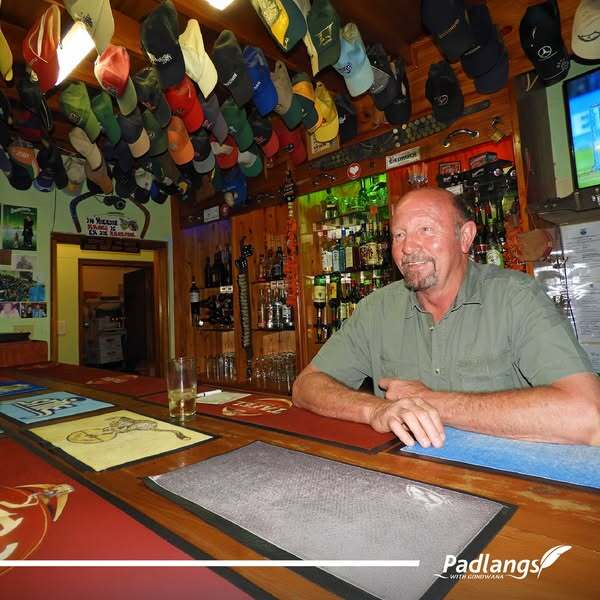
Fanie started as an auto-electrician in Windhoek and moved to Oranjemund in 1980 to work for CDM (Consolidated Diamond Mines). In 1995 he started his first restaurant in town, calling it ‘Don Esteban’, in honour of his father.
As we drove up a bumpy gravel road to take in the view of the surrounding desert and the Orange River slowly making its way to the ocean, I learned more about this intriguing Argentinian history. “The south was raw,” he told me. “There was nothing going on in the south. The South Africans developed the south.”
When we got back to Op My stoep, he lent me the 2015 Kyknet movie ‘Boere op die aardsdrempel’ (Boere at the end of the earth). I picked up some extra detail from it and by dipping into articles written about this community that bravely ‘trekked’ across the seas to make a new home.
The ’Bittereinders’, as they were called, were given land on Patagonia’s dry east coast by the Argentinian government and president of the time, Julio Argentino Roca. Their surnames included names like Kruger, Norval, Botha, Spies, Van der Merwe, De Lange, Venter, Henning and Van Der Sandt. The families arrived at Comodoro Rivadavia in the Chubut province to a dry, bleak and windswept land. They lived in tents and started to work the land, making roads and building schools for their children. Many travelled 160km inland to the gentler countryside of Sarmiento and started farming sheep. It was land that was reminiscent of the homes that they had left in the Karoo.
When their request for water was heard in 1907 and a drilling machine was sent, instead of water the drilling machine hit vast deposits of oil. Unluckily for them, mineral rights belonged to the state.
Today, a monument commemorates the Boer migration to Patagonia, ‘De Sudáfrica a la Patagonia,’ at the museum in the coastal town of Rada Tilly. It has a plaque engraved with the names of the first emigrants. Fanie told me that he has visited twice and it’s so emotional that he can’t help shedding a few tears there. Although the original emigrants are now long gone more than a hundred years later, some of their grandchildren still speak an old Afrikaans, from the time before the language was formalised. Fanie called it a type of Flemish-Dutch.
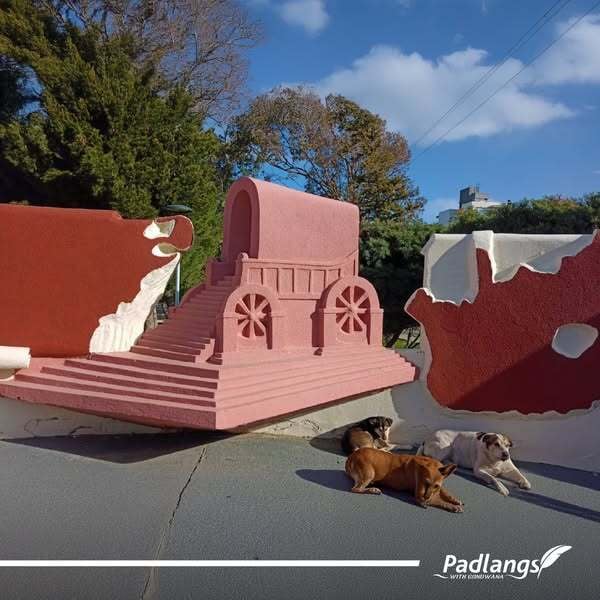
In the documentary, the merging of cultures is evident, as are the deep roots. “I feel profoundly Argentinian, born and raised on this land,” says Ruben ‘Osvaldo’ Dickason. “But, at the same time, inside I know that South African blood flows in us.” When he asks his daughter Sasha if she’d like to learn Afrikaans, she replies “Sí, I’d like that very much, then I’d be able to understand Grandpa.”
“We try to continue with the Afrikaans customs and culture,” says (the now late) Juan ‘Jan’ Schlebusch. “I’m a South African first – Always.” Sarie de Lange gives the sense of being part of two worlds. ‘My grandmother loaded my history into my backpack when I was 8 or 9 years old and I put that bag on my back,” she says. “Some days it’s very heavy. Some days I put it aside. Some days I put in back on.” Then she laughs and says: “I don’t think I can put aside what’s in my veins though.”
At the time the documentary was filmed, the 112th anniversary of the arrival of the Boers in Argentina was celebrated, a ‘herdenkingsfees’. The descendants wore traditional dress, the women in long dresses and ‘kappies’. They remembered the arrival of their ancestors and acknowledged their ever-changing culture. The 123rd anniversary has recently taken place.
Martin Blackie recounts the story of how the original Boers made friends on the ships. Before they rode away on their horses to their farms, they made the agreement to see each other again. This was the beginning of Boere sports in Patagonia, an annual occasion that continued over the decades and has only recently petered out.
“Life turns,” says Osvaldo, “and much has changed.”
Now, many of the farms are abandoned and there are only about thirty people that still speak Afrikaans. The grandchildren only know a few words, which pepper their native Spanish.
At the South African club in Comodoro Rivadavia, run by Norma and Martin Blackie, the descendants gather occasionally to share melktert and koeksusters, play Afrikaans ‘liedjies’ on the guitar and accordion, and celebrate their shared heritage. And you will still be able to hear the words of that nostalgic Afrikaans song and feel the nostalgia that still exists among those who have never seen their grandparents’ homeland: “Oh take me back to the old Transvaal, there where my Sarie lives.”
(References: The Boers of Patagonia-BowTiedMara; The last Boers of Patagonia – The Mail & Guardian; South African Argentines - Wikipedia; Boere op die aardsdrempel, Kyknet)


.png)
.jpg)
.jpg)


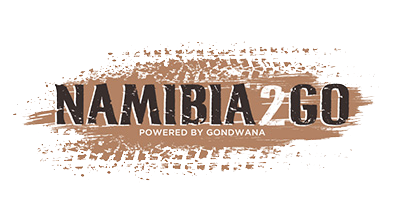

.png)
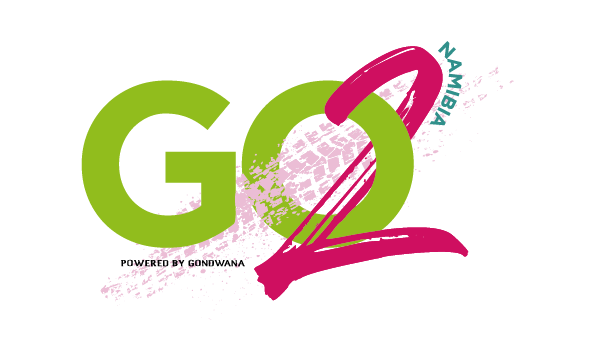
SUBMIT YOUR COMMENT